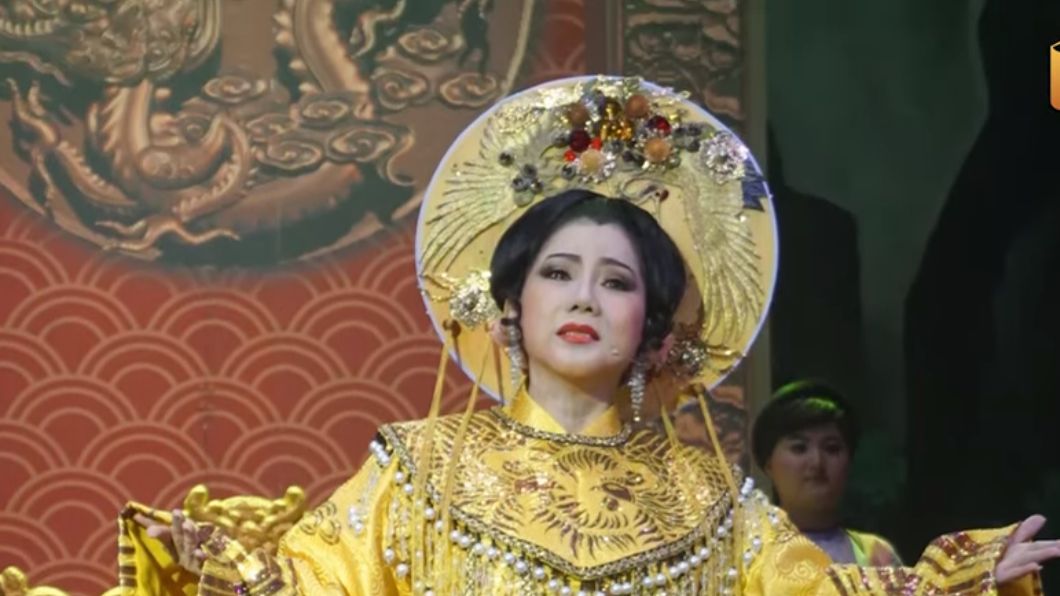The empress is a very familiar title, but not everyone knows why the king's wife is called the empress. The empress here is the title given to the emperor's main consort established by the emperor, and this title exists in the East Asian Sinophone world, including China, Japan, Korea, and Vietnam. Korea and North Korea are now separated, but in the past, they were collectively referred to as Korea.
The empress holds great power in the palace and is the only one allowed to conduct the grand wedding ceremony with the emperor. Therefore, even if a concubine has a son who is granted the title of crown prince, she cannot become the empress if the emperor's main consort is still in position; she can only be honored as the empress dowager after her son ascends the throne and receives the posthumous title of empress after her death, which applies to concubines. Many people often confuse the empress with the queen, which is very misleading because the title queen is only used to refer to a female emperor of a country, such as Empress Trieu Hoang in Vietnamese history or Wu Zetian in Chinese history.
What is the deep origin of the term empress?
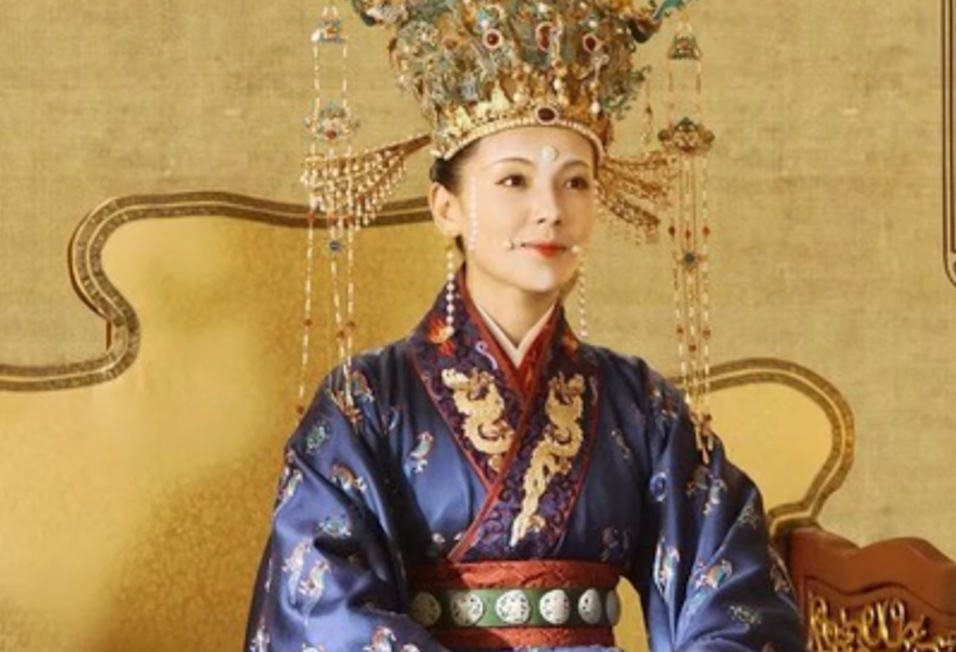
In ancient China, the leaders of tribes were called "hậu." Therefore, ancient kings while alive were referred to as "hậu," for example, "hậu nghệ" or "hậu tắc." When these "hậu" passed away, they were called "đế." By the Shang dynasty, kings were called "vương," and the term "hậu" was used for the main consort of the king. Later, it became "vương hậu." When Qin Shi Huang established the Qin dynasty, he created a new title, the title of emperor, which is the highest title for the head of a vast empire.
From this point on, the emperor's main consort was called the empress. It can be said that Qin Shi Huang made many changes in the titles of the feudal society of ancient times. By the time of the Han dynasty, Liu Bang established his main wife, Lã Trĩ, as empress, forming a tradition that has existed in Eastern feudal dynasties, which is the title of the king's wife as the most noble. The Han dynasty established vassals with the title of "Vương," and the main consort of these vassals was called "vương hậu," while the title "hoàng hậu" could only be used to refer to the main consort of an emperor. In the Han dynasty, the empress was sometimes also called "tiêu phòng," which refers to the place where the empress resides. "Tiêu phòng" here means a room that is smeared with chili powder on the walls, symbolizing warmth and warding off evil spirits, also implying having many children.
So what is the specific role of the empress in Eastern feudal society?
In East Asian tradition in general and in China in particular, the empress is revered just after the emperor. Although most Asian countries do not allow the empress to participate in politics and refer to her as "hậu cung bất can chính" (the inner palace does not interfere with politics). The establishment of the empress in East Asian courts and even in Western countries is considered a national affair. Therefore, the dethronement of an empress also involves and affects politics, especially the survival of the maternal relatives.
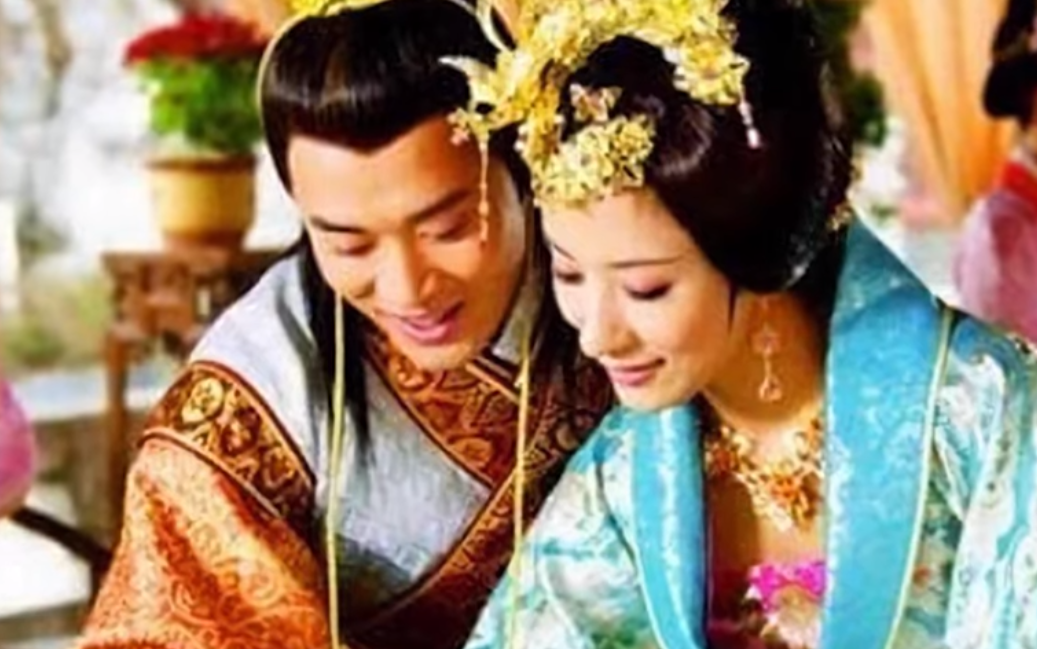
In principle, the emperor is the supreme ruler of an empire, while the empress is the head of the inner palace of that empire. Therefore, her status is completely different from that of the concubines; in other words, the empress is considered the mistress of the concubines, and all the female officials, palace maids, and concubines in the inner palace are under the empress's management. Besides her duties in the inner palace, the empress also manages issues in the residences of the princes.
As for the children of the princes born to the empress, they are called "đích tử," and their status is higher than that of other princes born to concubines. The "đích tử" born to the empress will also be strong candidates for the title of crown prince, meaning the successor to the throne later. The princesses born to the empress are called "đích công chúa," who receive a larger dowry and generally have a higher status than the princesses who are daughters of concubines. That is the story of China. What about in Vietnam?
The empress in Vietnamese history
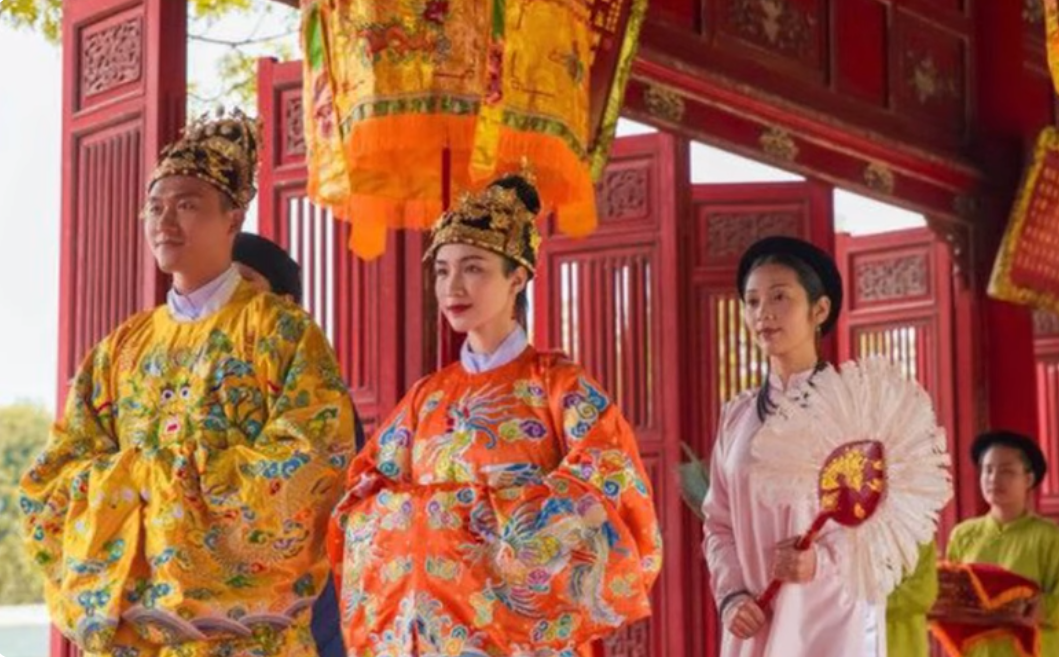
In Vietnamese history, the title of empress was officially recorded from the Đinh dynasty established by Đinh Bộ Lĩnh. After the first three dynasties, the Đinh, the Early Lê, and the Lý dynasties, these dynasties established many empresses. By the time of the Trần dynasty and later the Hậu Lê dynasty, only one empress was established at a time. A very typical example is that in the Đinh dynasty, Đinh Tiên Hoàng established five empresses. The Early Lê dynasty under Lê Đại Hành also established five empresses, and his son, Lê Long Đình, established four empresses.
Not stopping there, later in the Lý dynasty, Lý Thái Tổ established eight empresses, followed by King Lý Thái Tông, who established eight empresses, and King Lý Thánh Tông also established eight empresses, while King Lý Nhân Tông initially established two empresses and later added three more. King Lý Thần Tông also established three empresses, and during the reigns of Kings Anh Tông, Cao Tông, and Huệ Tông, such occurrences were no longer seen. It can be said that in terms of the number of empresses, the early Vietnamese kings were completely superior to the Chinese kings. By the last dynasty in our history, the Nguyễn dynasty, it was very rare to decide to establish an empress, with the highest being Hoàng Quý Phi. However, the Nguyễn dynasty also had exceptions, as there were empresses conferred while still alive, notably Nam Phương Hoàng Hậu, the last empress in Vietnamese history.
The empress of two dynasties
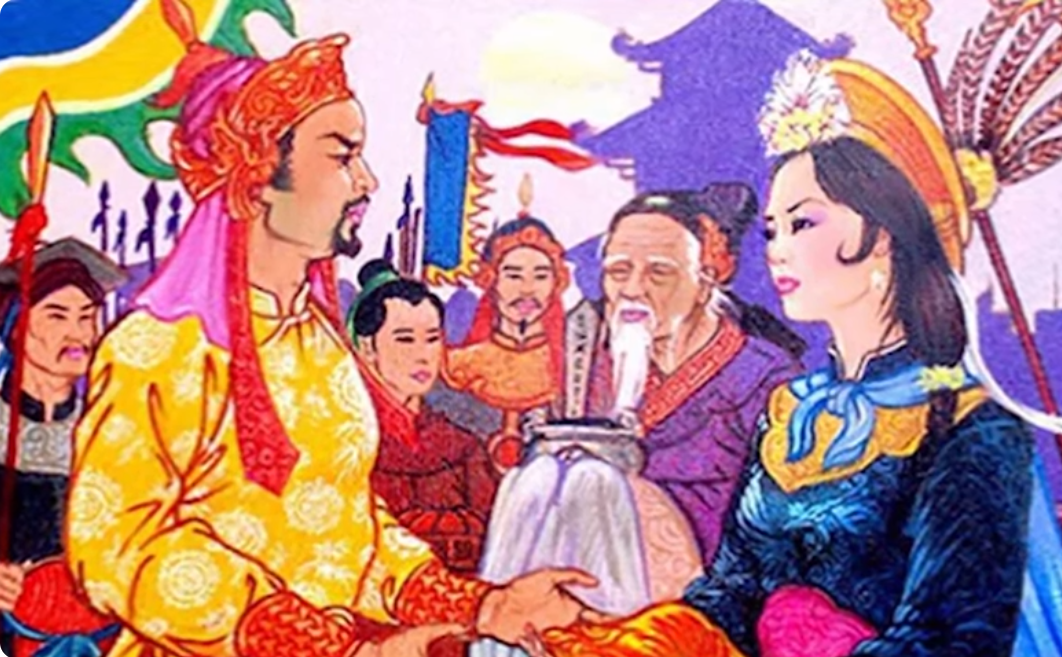
Vietnamese history also records a very special case of a person who was empress of two dynasties and even has a hypothesis that she was empress of three dynasties. That is Đại Thắng Minh Hoàng Hậu, which may sound unfamiliar, but in ancient history, she is known as Dương Vân Nga, and here she is very familiar. She was the empress of two emperors during the early establishment of the nation in Vietnamese history, Đinh Tiên Hoàng and Lê Đại Hành. She played a particularly important role in the transfer of power from the Đinh dynasty to the Early Lê dynasty when her son with Đinh Tiên Hoàng, Đinh Toàn, ascended the throne at a young age, and she became the empress dowager.
During her son's difficult time on the throne, she actively ceded the throne to the deputy general Lê Hoàn. She was also the mother-in-law of Emperor Lý Thái Tổ and the grandmother of Emperor Lý Thái Tông, and the year she died was also the year this king was born. From the Lý dynasty, she was also given the title Bảo Quang Hoàng Thái Hậu. It can be said that she had a direct influence on the Đinh, Early Lê, and Lý dynasties. According to folk legends, during her lifetime, Dương Vân Nga was very beautiful, with a round face that was very kind, yet still had an elegant and noble appearance, her skin was fair and rosy, and her phoenix eyes always sparkled with affection.
Speaking of Dương Vân Nga, many researchers recently tend to reject the hypothesis that Đinh Tiên Hoàng and his son were killed by Đỗ Thích and propose that the main perpetrator was Lê Hoàn, with the support of Dương Thái Hậu. The Lý dynasty explains that Lê Hoàn at that time had very strong power and wanted to seize the throne, while Dương Thái Hậu, in the competition with other empresses to secure the throne for her son, colluded with Lê Hoàn, aiming to find a support for her young son. This explains why, although still very young, Đinh Toàn had the strong backing of Lê Hoàn, and Lê Hoàn becoming the regent alongside Dương Thái Hậu also somewhat solidifies this argument.
Around Dương Vân Nga, there are also many other folk legends. In the lower reaches of the Bôi River, the hometown of Dương Vân Nga, in the northwest of the ancient capital Hoa Lư, people still pass down a story explaining why there is a custom of not planting night-blooming flowers and plants here. It is said that after being welcomed by Vạn Thắng Vương to Hoa Lư, Empress Dương Vân Nga returned to her hometown in a splendid flower palanquin. The empress wanted to hold a memorable night banquet to reward the villagers and ordered that all village girls aged 16 who wanted to attend must cover their faces so that no one would be beautiful that night.
While the beauty of Dương Vân Nga was shining brightly before the public, a cool breeze from the forest brought with it a sweet and alluring fragrance, so enticing that the soldiers and subjects recognized it as the scent of the blooming night-blooming flowers. Dương Vân Nga was very angry and ordered her soldiers to uproot all those flowers and throw them into the wild mountains to the west. From then on, the people had the custom of avoiding planting night-blooming flowers and other flowers that bloom at night, except for the night-blooming flower, which only looks beautiful when grown in this area.
However, that is not the only interesting story about Dương Vân Nga. There are even some doubts that she was the empress of three dynasties; according to the genealogy of the Ngô family in Vietnam, Dương Vân Nga was the empress of three dynasties. Before marrying Đinh Tiên Hoàng, she was married to the Ngô king Ngô Xương Văn and gave birth to Ngô Nhật Thạch. However, this opinion has faced much opposition.
